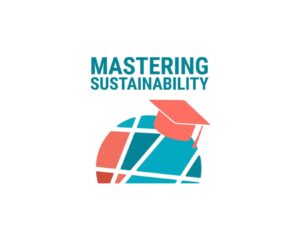The Environmental, Social, and Governance (ESG) landscape is evolving, and corporate professionals are on the lookout for innovative frameworks to enhance their strategies. One such groundbreaking framework is the Peace Data Standard, developed by the Peace Innovation Lab at Stanford. While we’ve discussed what the Peace Data Standard is and why it’s crucial for ESG, let’s delve into the “how”-the practical steps for integrating this standard into your ESG initiatives.
Understanding the Peace Data Standard
Before diving into the implementation, it’s essential to grasp the four core components of the Peace Data Standard:
- Group Identity Information: Data related to the social and demographic characteristics of individuals or groups.
- Behavior Data: Information on actions, reactions, and interactions among groups.
- Longitudinal Data: Time-series data that tracks changes over time.
- Metadata: Additional data that provides context to the primary data.
Step-by-Step Guide to Integration
Step 1: Gap Analysis
Perform a gap analysis to identify where your current ESG strategy might be lacking in social metrics. Use this as a baseline to understand how Peace Data can fill these gaps.
Step 2: Stakeholder Alignment
Ensure that key stakeholders, including executives and board members, understand the value of integrating Peace Data. This could involve presentations, workshops, or pilot projects.
Step 3: Data Collection
Identify the sources from which you’ll collect Peace Data. This could be internal databases, social media, customer feedback, or third-party analytics services. Ensure these sources align with the four core components of Peace Data.
Step 4: Data Analysis
Utilize data analytics tools to process the collected data. This could involve machine learning algorithms to identify patterns or simpler statistical methods to draw insights.
Step 5: Strategy Formulation
Based on the analysis, formulate or modify your ESG strategy. This could involve setting new KPIs, reallocating resources, or launching new initiatives aimed at social impact.
Step 6: Implementation
Roll out the new or modified ESG strategy across the organization. This could involve training sessions, new policy rollouts, and regular updates to keep all stakeholders informed.
Step 7: Monitoring and Reporting
Continuously monitor the effectiveness of the strategy using the Peace Data metrics. Make this a part of your regular ESG reporting to keep both internal and external stakeholders informed.
Step 8: Iteration
Based on the monitoring, iterate and refine your ESG strategy. This is a continuous process that evolves as you collect more data and gain more insights.
Integrating the Peace Data Standard into your ESG strategy is not just a one-time activity but an ongoing process that can yield significant benefits. It offers a more nuanced and actionable approach to social governance, providing a competitive edge and driving meaningful change. By following these practical steps, you can pioneer a new standard in ESG strategy, setting your organization apart as a leader in social impact and governance.
Originally published at https://www.linkedin.com.





